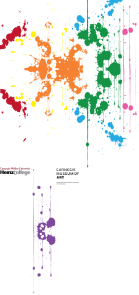Art + Technology: A Love Story
Artists are creative by definition, and interesting things arise when artistic imagination meets technological innovation. Kim Chestney has spent many years cultivating those intersections, and in this article for The Muse Dialogue, she offers a very personal look at her experience as a viewer. She writes, “I longed to be moved by a work of technological art. Call it interactive, 4-D or robotic — it didnt matter. I wanted to know if it was possible to fall in love with this new media the way I fell in love with my first Vuillard or Pre-Raphaelite. I wondered whether it was even possible.”
To find out whether it was possible for her to fall in love with technological art, you are going to need to read on in “Art + Technology: A Love Story” (click here to link to full article.


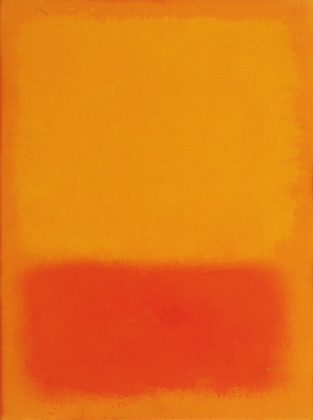

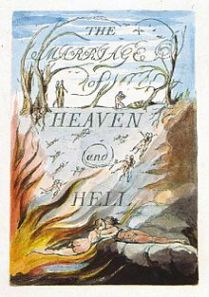
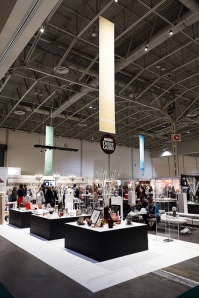
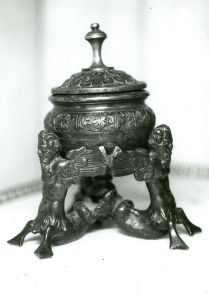
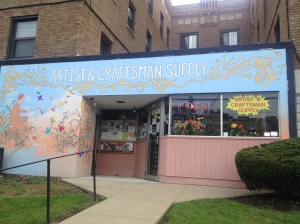 Virgil once wrote, “Practice and thought might gradually form many an art.” Indeed one wonders how much of artmaking can be attributed to questions of craft, that is, to those things that one can practice and improve with dedication and commitment. Yet how much of art is in the craft? When does the focus on craft impede the expression of the art?
Virgil once wrote, “Practice and thought might gradually form many an art.” Indeed one wonders how much of artmaking can be attributed to questions of craft, that is, to those things that one can practice and improve with dedication and commitment. Yet how much of art is in the craft? When does the focus on craft impede the expression of the art?
